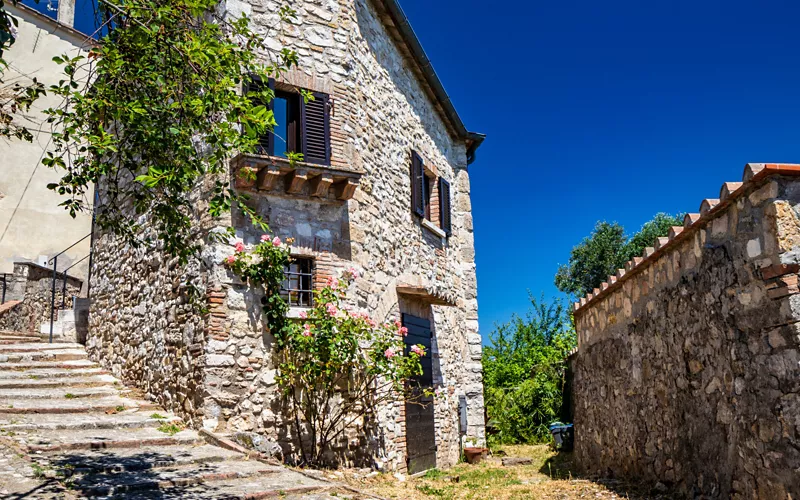
Overview
Built in pre-Roman times by the Italic peoples, today, the town of Amelia contains within its mighty walls a stratification of history and art that, just like a treasure chest, opens up to visitors through its six monumental gates.
When it came under Roman dominion, it saw its power increase due to its strategic position straddling the Via Amerina: an ancient route that connected central Italy(Umbria), and also Rome, with the territories further north along the Adriatic. Of vital importance during the Middle Ages, this route saw the passage of the Ostrogoths and Lombards who besieged and occupied the city.
With the establishment of the Lombard kingdoms and the division of the peninsula into the northern (Langobardia Major) and southern (Langobardia Minor) kingdoms, the Via Amerina became the only link between the territories of the Papal States and the Exarchate of Ravenna. Amelia therefore enjoyed a powerful period of hegemony.
We recommend visiting the countless Roman ruins, including the domus cisterns and thermal baths, the Cathedral, the Monastery of St. Magnus, the church of Saint Francis of Assisi, the church of Sant’Agostino, the church of Santa Monica, and just outside the walls, the rural church of the Madonna delle Cinque Fonti, which, legend has it, offered St. Francis accommodation.
Numerous palaces and churches remain as testimony to the area’s prosperity in the 16th and 17th centuries.
Don’t miss the San Francesco complex, which, with its splendid 16th-century cloister, houses the archaeological museum, where you can admire the impressive bronze statue of Germanicus, nephew of Emperor Tiberius, and other significant artefacts from the Amelia territory.
05022 Amelia TR, Italia